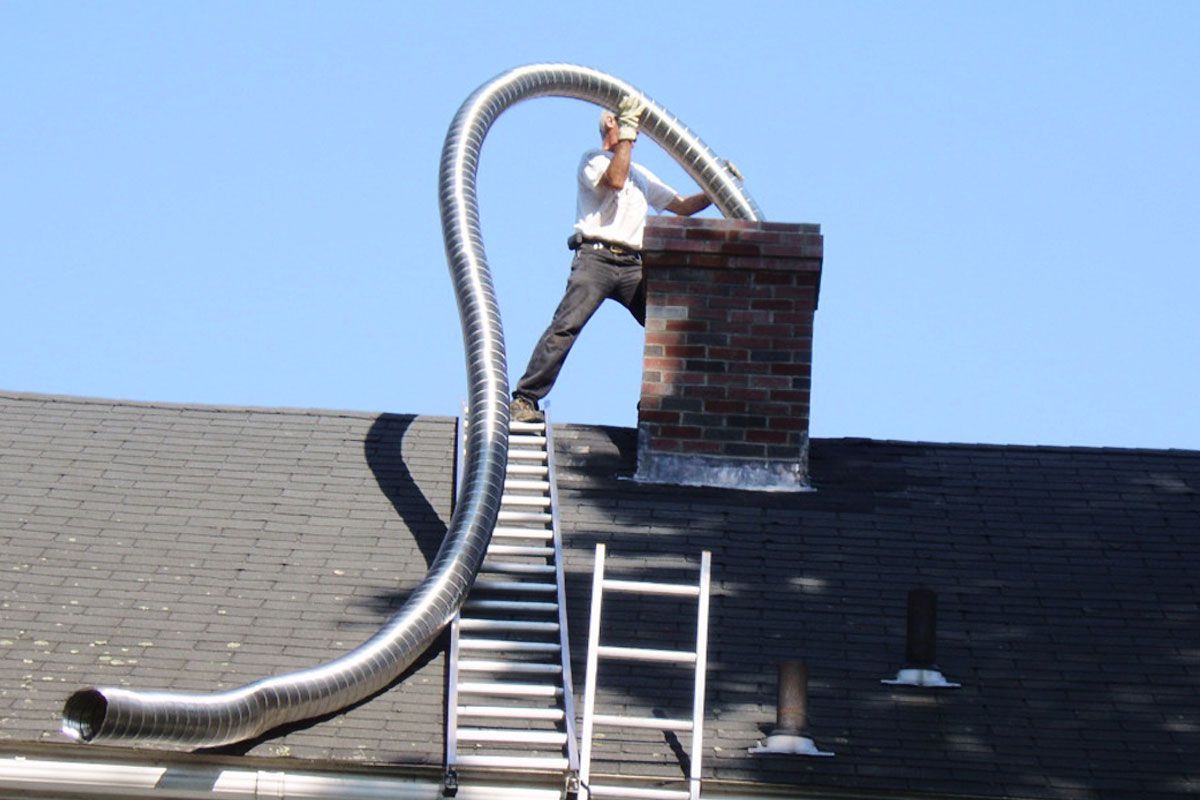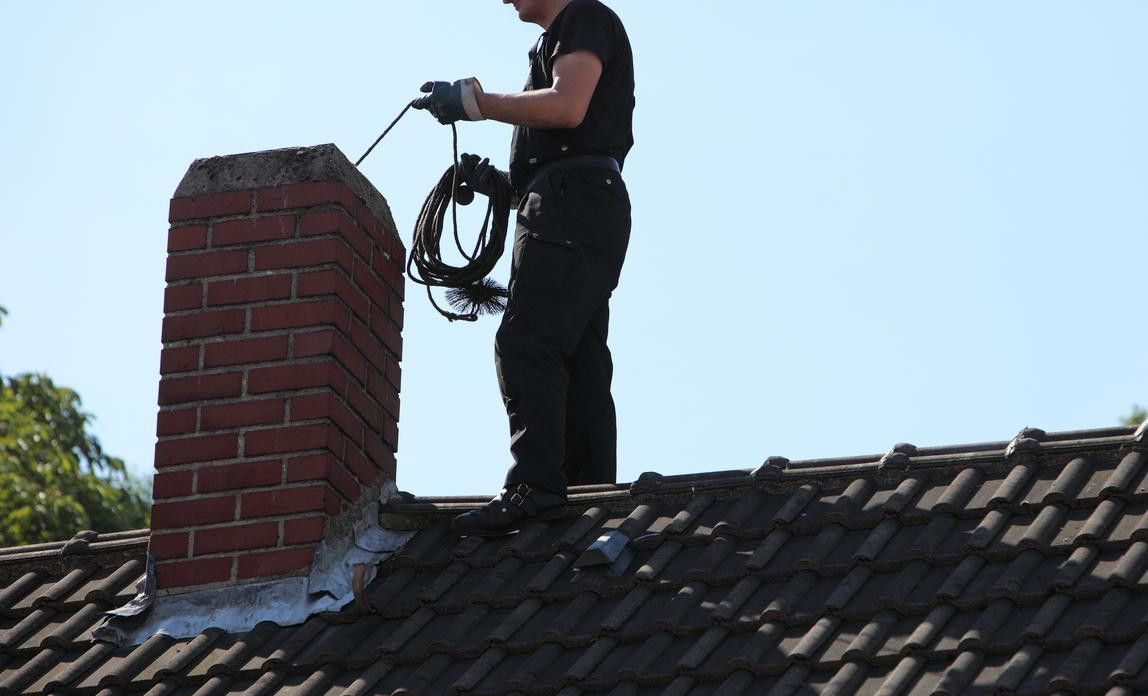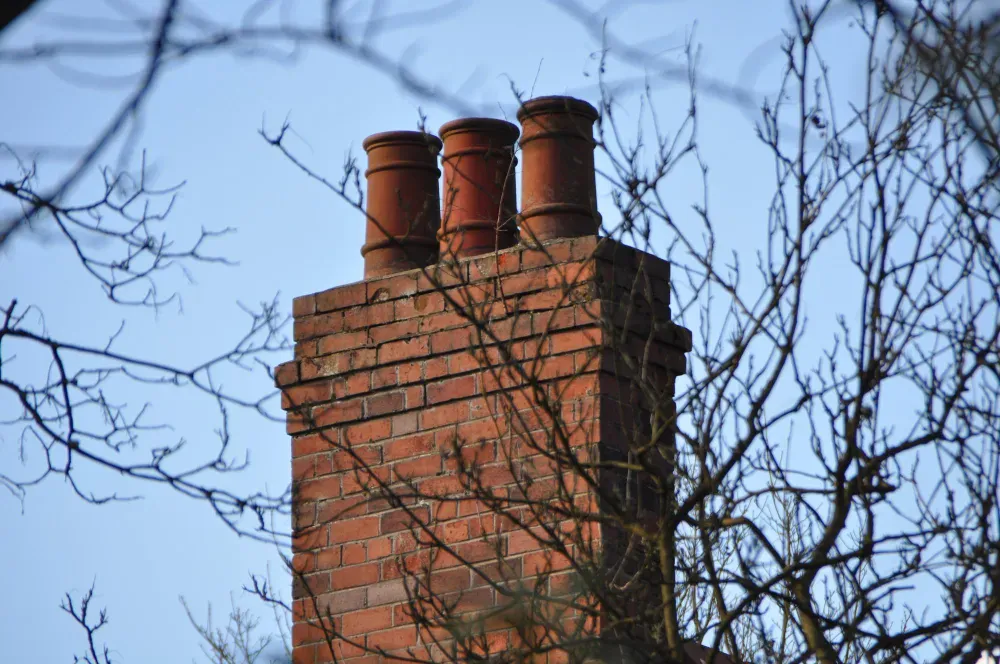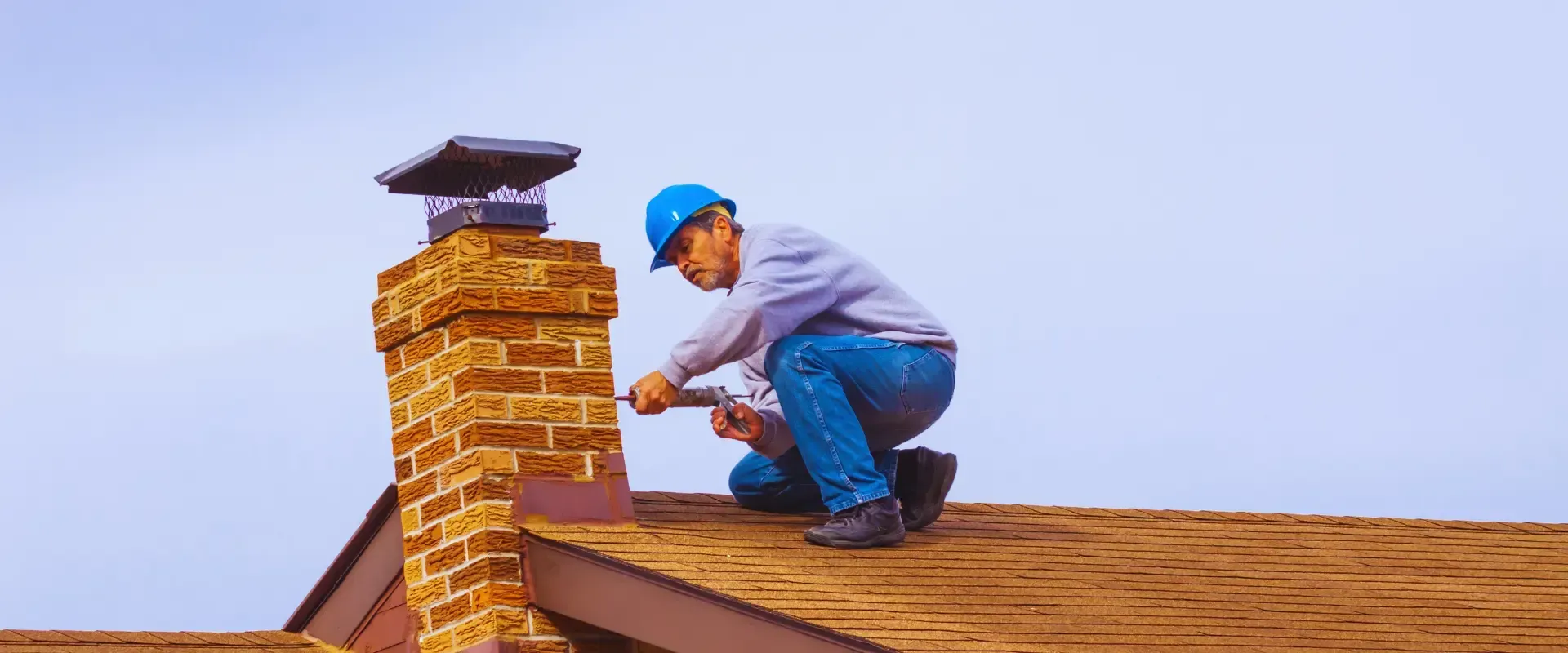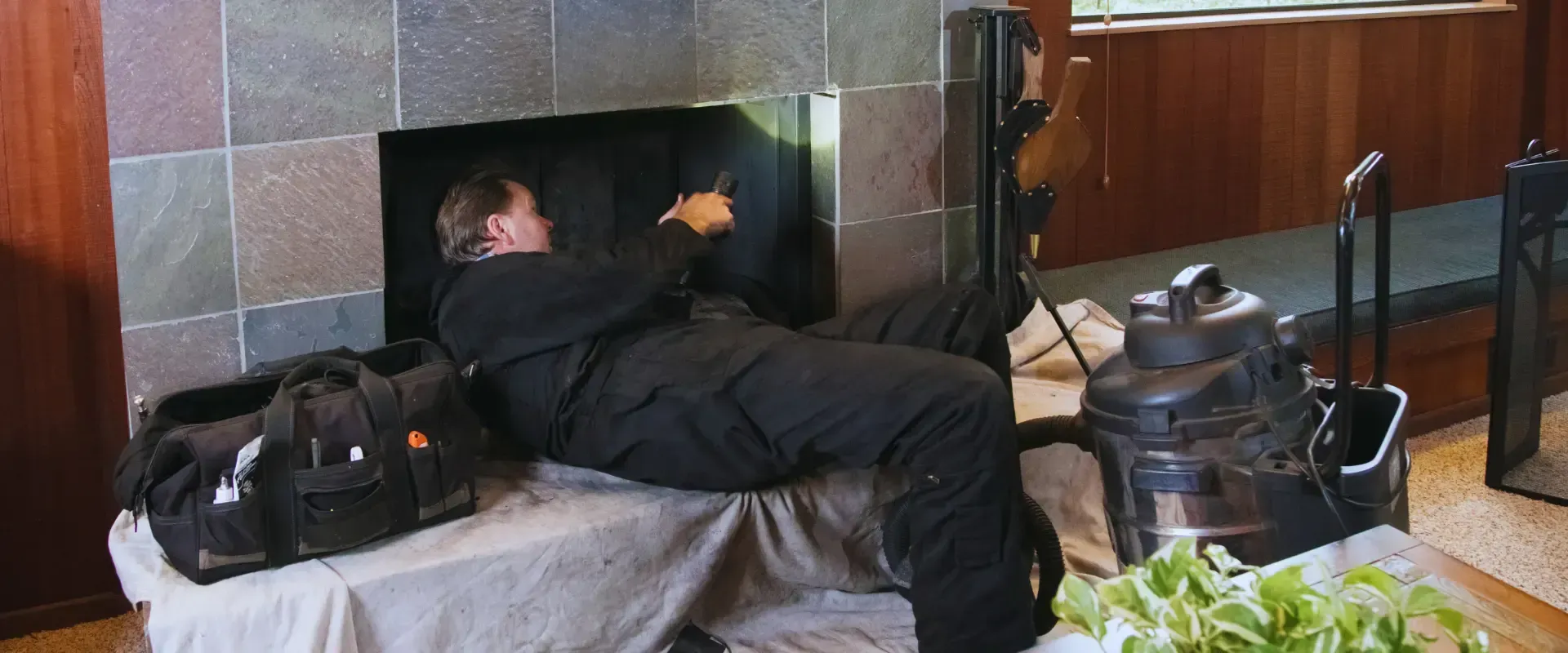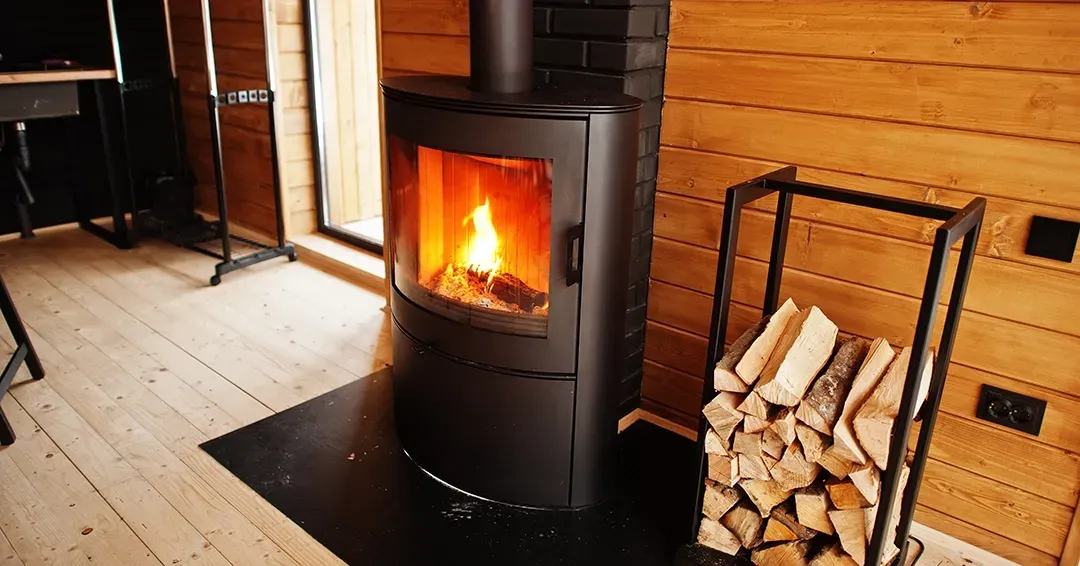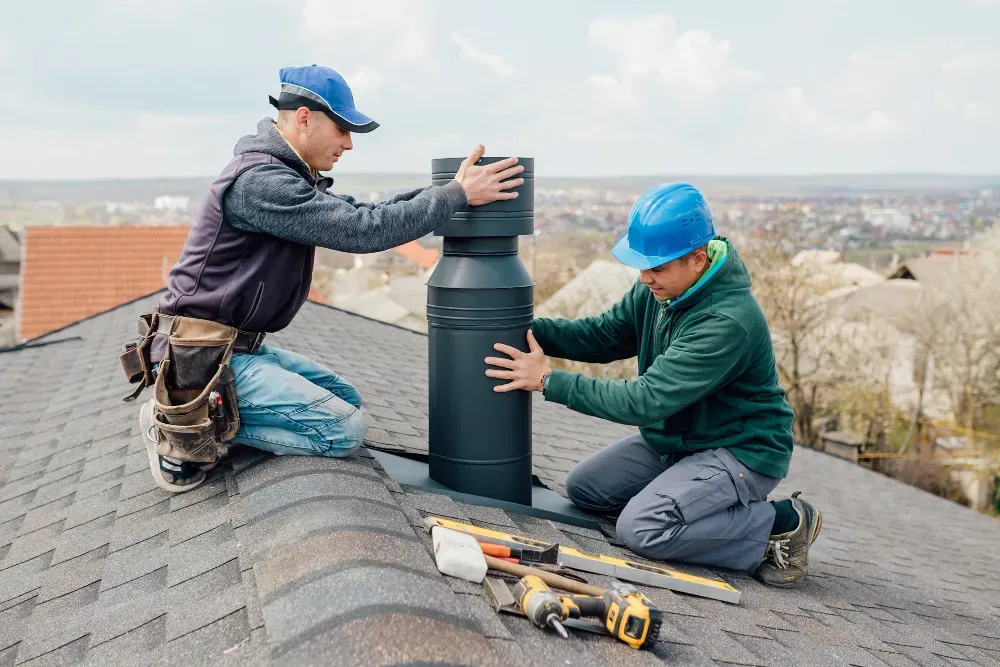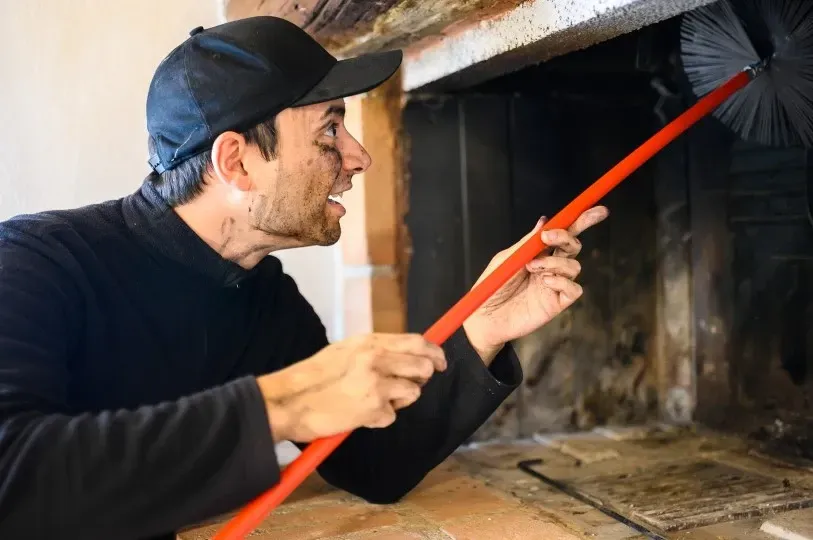Stop Chimney Leaks: Chimney Cap Repair & Maintenance
Last winter, while staying cozy by my fireplace in Maine, I heard an unusual rattling sound coming from my chimney. After calling Select Chimney Services, I learned my chimney cap had sustained damage from our harsh New England weather. This experience taught me valuable lessons about chimney maintenance that I'm eager to share with fellow homeowners in Maine and New Hampshire.
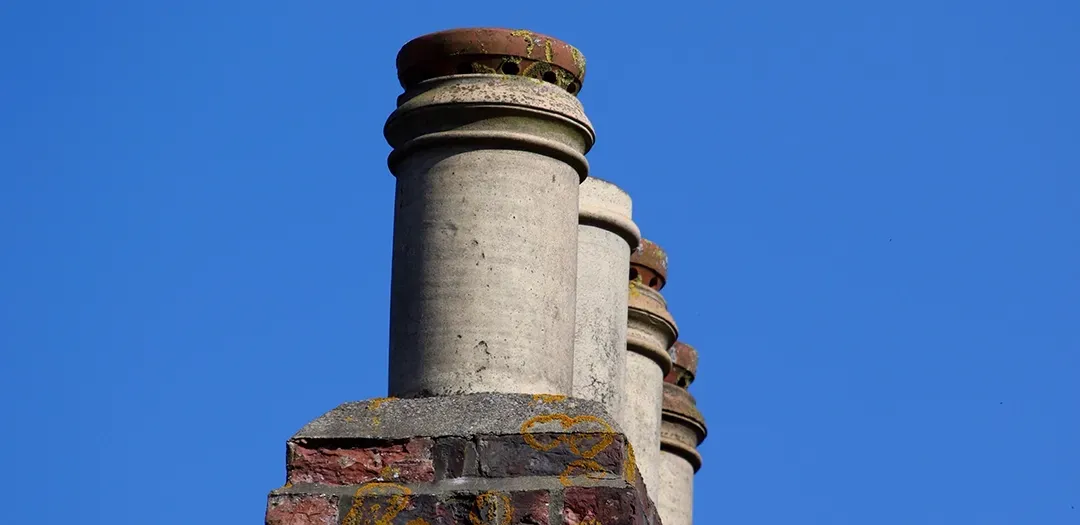
My New England Winter Wake-Up Call
The Importance of Chimney Caps
When I first noticed the rattling, I didn't think much of it. However, after seeing water stains on my ceiling near the chimney, I realized something wasn't right. Through my consultation with chimney professionals, I learned that a damaged chimney cap can lead to various problems, from water damage to unwanted animal guests.
Signs of Damage I Discovered
Looking closer at my chimney cap, I noticed cracks, chips, and rust spots. The metal mesh that keeps out critters had started to separate from the cap itself. These seemingly small issues could have led to bigger problems if left unaddressed.
Understanding Chimney Cap Damage
Common Types of Damage
Through my research and discussions with professional chimney experts, I learned about various types of chimney cap damage. Rust, cracking, and loose components are common issues in our region. The metal mesh screens often deteriorate first, followed by the cap's base and crown.
Weather Impact in Maine and New Hampshire
Winter Freeze-Thaw Cycles
Living in New England, I've witnessed how our harsh winters affect chimney caps. The constant freezing and thawing can create cracks in the material. Water seeps into tiny spaces, freezes, expands, and gradually makes these cracks bigger.
Coastal Weather Effects
For those of us near the coast, salt air adds another layer of concern. The combination of salt, moisture, and changing temperatures can speed up rust formation and metal deterioration.
Assessment and Repair Options
Evaluating Cap Damage
I learned to look for specific signs of damage:
- Visible rust spots or discoloration
- Cracks or chips in the cap material
- Loose or missing mesh screens
- Tilted or unstable cap position
- Signs of water damage inside the chimney
Professional vs DIY Repairs
When to Call Experts
While some minor repairs might tempt you to DIY, I discovered that professional services are often the safer choice. Working on a roof requires special safety equipment and expertise, especially during New England's unpredictable weather.
Safety Considerations
Height, weather conditions, and proper tools are key factors in chimney cap repairs. Professional chimney services have the right equipment and experience to handle these challenges safely.
Repair Techniques and Solutions
Materials and Tools
The right materials make a big difference in repair quality and longevity. Stainless steel caps work best in our coastal climate, while copper caps offer durability with a distinctive look.
Step-by-Step Repair Process
My experience with professional repairs showed me the importance of proper technique. The process involves:
- Thorough inspection of damage
- Cleaning the affected areas
- Applying appropriate repair materials
- Ensuring proper fit and seal
- Testing for stability
Tables: Chimney Cap Material Comparison
| Material Type | Durability | Cost | Best For |
|---|---|---|---|
| Galvanized Steel | 5-7 years | $ | Budget-conscious |
| Stainless Steel | 15-20 years | $$ | Coastal areas |
| Copper | 25+ years | $$$ | Long-term investment |
| Aluminum | 8-10 years | $$ | Mild climates |
Key Takeaways
My journey taught me several valuable lessons:
- Regular inspections prevent major repairs
- Professional installation ensures proper fit
- Quality materials save money long-term
- Local weather patterns affect material choice
FAQ
Q: How often should I inspect my chimney cap?
A: In New England, I recommend checking twice yearly: spring and fall.
Q: What's the best material for our climate?
A: Stainless steel or copper work best in Maine and New Hampshire's weather conditions.
Q: Can I repair small cracks myself?
A: While possible, I recommend professional assessment to ensure safety and proper repair.
Q: How long do chimney caps typically last?
A: With proper maintenance, quality caps can last 15-20 years in our climate.
Preventing Future Damage
Regular Maintenance Tips
Taking care of your chimney cap prevents costly repairs. I schedule regular inspections, especially before and after winter. Keeping records of maintenance helps track wear patterns and plan for replacements.
Seasonal Protection Strategies
Preparing for seasonal changes helps extend cap life. Before winter, I ensure all components are secure. After winter, I check for any freeze-thaw damage.
Conclusion
My experience with chimney cap repair opened my eyes to the importance of proper maintenance. In our challenging New England climate, taking care of your chimney cap isn't just about home maintenance – it's about protecting your family's safety and comfort.
Whether you're dealing with minor repairs or considering a full replacement, working with qualified professionals like Select Chimney Services ensures the job is done right. Remember, your chimney cap is your first line of defense against weather and wildlife – keeping it in good condition pays off in the long run.
"An ounce of prevention is worth a pound of cure, especially when it comes to chimney maintenance."
